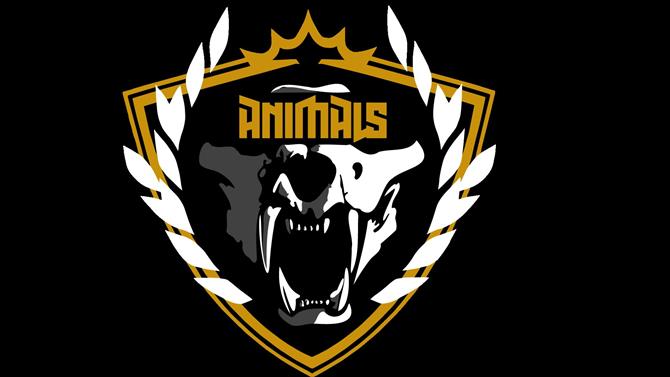MAMMALS
Mammals (from Latin mamma, 'breast') are a group of vertebrates constituting
the class Mammalia
(/məˈmeɪliə/), characterized by the presence of
mammary glands which in females produce milk for
feeding (nursing) their young, a neocortex
(a region of the brain), fur or hair, and three
middle ear bones.
These characteristics distinguish them from reptiles (including birds)
from which they diverged in the Carboniferous, over 300 million years ago.
The modern mammalian
orders arose in the Paleogene and Neogene periods
of the Cenozoic era, after the extinction
of non-avian dinosaurs,
and have been the dominant terrestrial animal group from 66 million
years ago to the present.
The basic body type is quadruped,
and most mammals use their four extremities for terrestrial locomotion;
Mammals range in size from the 30–40 mm (1.2–1.6 in)
bumblebee bat to the 30 m (98 ft)
blue whale—possibly the largest animal to have ever lived.
All modern mammals give birth to live young,
except the five species of monotremes,
which are egg-laying mammals.
The most species-rich group of mammals,
the cohort called placentals, have a placenta, which enables the feeding of the fetus during gestation.
Three Main TYPES OF MAMMALS
- Marsupials (Pouched Mammals)
- Monotremes (Egg-Laying Mammals)
- Placentals (Placental Mammals)
